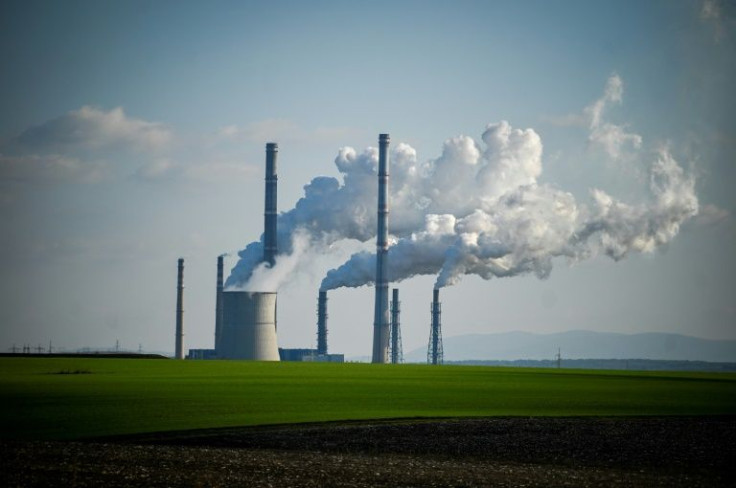Electricity Demand Rose 6% In 2021: ‘The Largest Ever Annual Increase’
A drop in electricity demand in 2020 was understandable during a global pandemic, but the return to work in 2021 and an attempt at returning to a pre-pandemic normal has driven a spike in demand, according to a report published by the International Energy Agency (IEA).
Demand for electricity in 2021 grew by 6%, which is “the largest-ever annual increase in absolute terms (over 1 500 TWh)” and the largest percentage increase since the 2010 recovery from the 2008 financial crisis.
A loosening of COVID-19 restrictions was a major factor in the 6% increase. The highest increase was in China, which saw demand grow by 10%.
CO2 emissions caused by electricity production rose by 7% in 2021 after declining for the two prior years. Coal met half of the demand for electricity, growing by 9%, which is the fastest since 2011.
That growth was because of coal's cost competitiveness in some global markets. Gas-fired generation grew by 2%, inching back toward 2019 levels.
“Not only does this highlight how far off track we currently are from a pathway to net zero emissions by 2050, but it also underscores the massive changes needed for the electricity sector to fulfil its critical role in decarbonising the broader energy system,” said Fatih Birol, an executive director at the IEA, in a press release addressing the report.

Birol cites a lack of major policy changes around the world as a key hindrance to the rise of renewables that put the world on a path toward a more sustainable, green future.
Still, renewables had a good year, growing by 6% despite the report citing weather conditions as a hindrance to what could have been even further growth. Nuclear energy grew by 3.5%. However, the report predicts that renewables will grow to meet a good part of the global electricity demand.
Also in 2021, supply chain constraints and demand for fossil fuels contributed to inflated prices and scarcity, which are still being felt around the world in 2022. In Europe, the average wholesale prices for electricity in Q4 2021 were over four times as high as the 2015-2020 average price.
“Sharp spikes in electricity prices in recent times have been causing hardship for many households and businesses around the world and risk becoming a driver of social and political tensions,” said Birol.
One way Birol believes the world can soften the global energy crisis is with more investments in renewable energy, which is expected to grow 8% per year on average. However, the pandemic’s conditions make any future predictions uncertain.
© Copyright IBTimes 2024. All rights reserved.






















